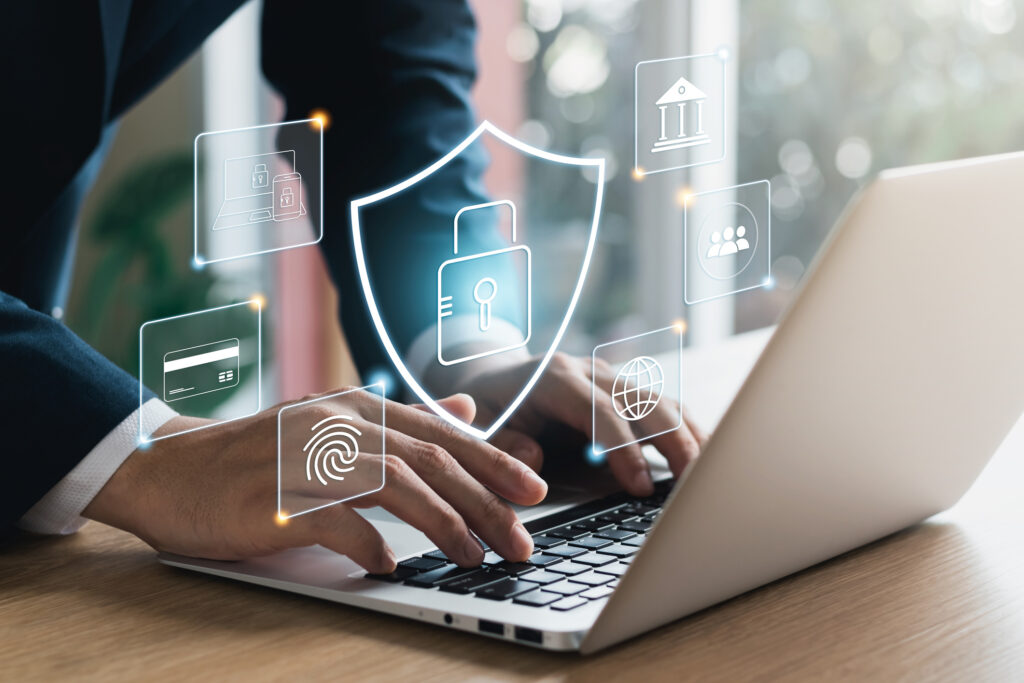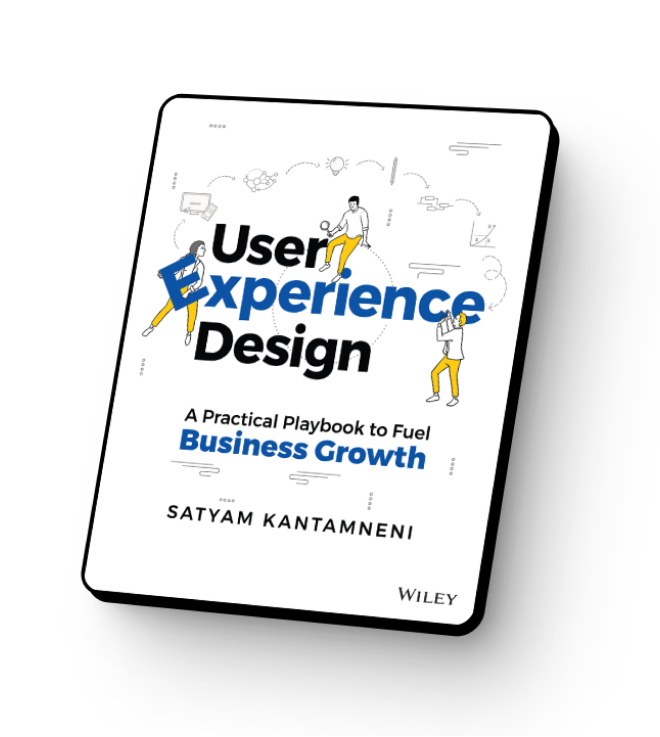With an evolving cyber threat landscape, it’s no wonder product leaders like you are overwhelmed. Trying to develop a top-performing, threat-thwarting, industry-leading cybersecurity product right now is…a lot.
There is a constant stream of new regulations, required skills, user roles, and experiences that you need to account for. Attempting to balance innovative technical development with user-centered design is a monumental task—especially if you’re doing it without a domain expert in both categories.
The good news? You don’t have to. Instead of piecing together tech and design duties in-house, you can leverage the expertise of an all-in-one firm that has deep knowledge and understanding of the ever-evolving cybersecurity technology landscape. But that’s not all you need to get ahead.
User-centric design is key to creating cutting-edge yet intuitive security products. By leveraging a unique combination of technical and design capabilities, you can position your product to not only keep the pace, but set it.
We’ll show you how. But first, to get ahead, you need to intimately understand the cybersecurity user experience landscape to determine where the most impactful innovation opportunities lie.
Meeting Cybersecurity Users’ Evolving Needs and Expectations
It used to be that cybersecurity products and services were used by those with deep technical skills — people undaunted by complex interfaces and instructions. User experience wasn’t as important to nail down because, well, the users weren’t exactly expecting a great experience. They just needed a tool to get the job done.
But as digital transformation has taken hold, so, too, has the need for cybersecurity products and services pretty much everywhere; 39% of CEOs plan to move to an integrated suite of cyber tech solutions in the next two years. That means more non-expert users expecting simple setups alongside the rapidly-delivered insights analysts rely on. From everyday desktop users looking for the latest malware to DevSecOps looking for a new model to integrate security and tech development, the need for robust, think-ahead products isn’t slowing down.
The trouble is, most security tools have stuck with the status quo: tech experts handling setups and upgrades themselves, analysts wrestling with too much data and alert fatigue, and less tech-savvy folks feeling completely lost and frustrated.
For any cybersecurity product looking to ship and scale quickly, there are plenty of challenges to overcome. The sizable gap between what users need and what products deliver is only going to widen as the cybersecurity landscape progresses, threats get harder to detect, and users become more frustrated with complex interfaces and lack of visibility.
The time is now. Cybersecurity teams need user-centered design, developing intuitive, future-forward solutions that serve a variety of users and their unique needs. But first, that means moving past some stalwart notions and practices stifling progress.
What’s Holding Back Your Cybersecurity Product Innovation?
To be competitive in the marketplace, cybersecurity product teams need to be able to innovate. But that’s easier said than done when common assumptions dominate the conversation. Here’s what we find holds product teams back from achieving their goals:
- “We’ll fix things when they break.” You don’t want to wait for your product to be the reason your biggest client is in the news for a data breach. Being reactive will never get you ahead; instead, you have to design for the future.
- “We have too much technical debt right now.” Innovating while dealing with the immediate fixes needed today may sound daunting, but it’s imperative to advance your product.
- “Our products should look and act the same, because consistency matters the most.” Sure, consistency is important. But more important to today’s diverse users is customizability and tailored experiences. A one-size-fits-all approach doesn’t cut it anymore.
- “Our users are the same.” People and technology are advancing faster than ever; cybersecurity has to not only keep the pace but set it.
- “Designers and engineers live in separate worlds.” Ah, the proverbial silos. They do exist. But great products come from cross-functional collaboration.
Isn’t it exciting to flip these commonly held beliefs on their head? The door to creativity and possibility is wide open. Knowing about and preparing for unfolding user and market needs allows you to not only design solutions for the right problems but also design the solutions the right way.
Buck the status quo and get more people on board with what you’re creating. In doing so, inspire more investment into the problem-solving processes you’re offering along the way.
Cybersecurity Innovation Powered by User-Centric Design
The days of leaving users stumbling through cumbersome, friction-filled experiences are over. Today’s users expect a seamless, integrated experience that discreetly weaves security into their daily digital interactions. The only way to do that well is to give equal weight to both the tech behind the screen and the experience in front of it.
You don’t have to sacrifice one for the other.
With over seven years of experience in problem-solving critical areas like monitoring, reporting, alert management, and network modeling, we have made advancements serving CISOs, network security engineers, security operations specialists, network operations technicians, incident response teams, vulnerability managers, and security analysts.
Our team has skillfully executed:
- Upgrading cybersecurity systems
- Enhancing detection capabilities
- Streamlining workflows
- Improving collaboration for organizations seeking world-class protection
- Championing proactivity in decision-making
With the one-two punch of our cybersecurity prowess and user-centric design chops, we’ve increased KPIs for clients like user acquisition, user advocacy, and user efficiency while securing key funding for cybersecurity products. Our work also enabled an acquisition by Microsoft.
Through it all our goal has been simple: Revolutionize the cybersecurity industry by designing software that encompasses a complete, journey-oriented user experience. Let’s build the future of cybersecurity together.


